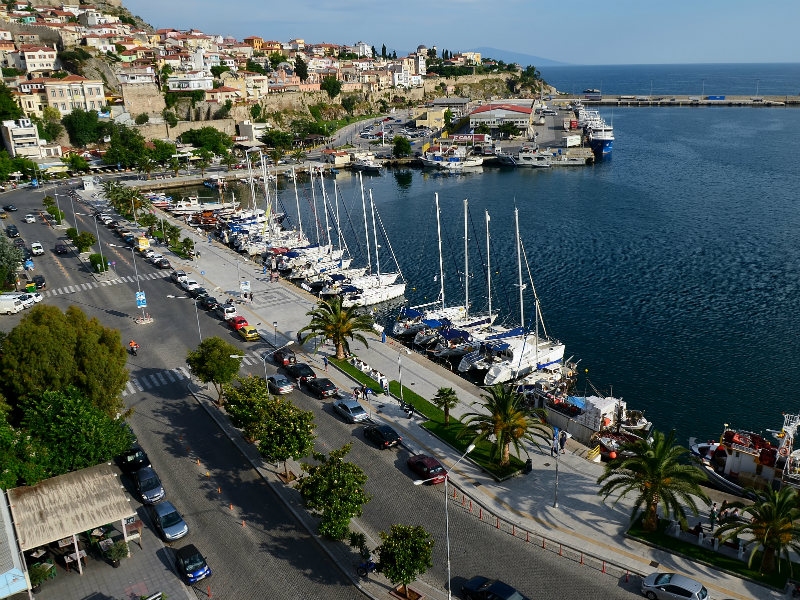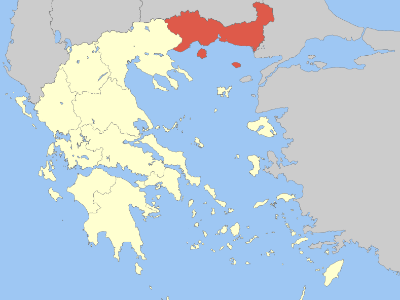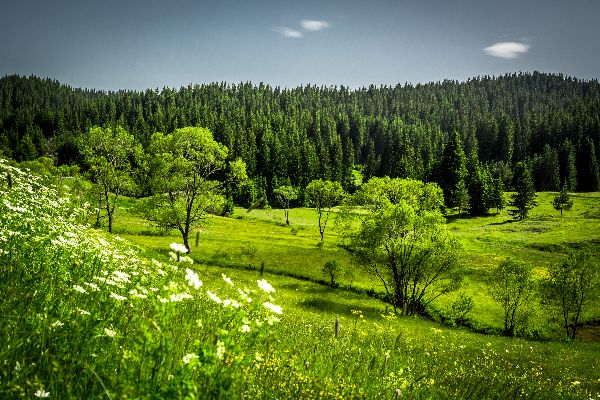The culture of Thrace is very distinct and unique, even within Greece.
In terms of culture and tradition, Thrace, Greece is quite diverse, influenced by its location at the crossroads of several civilizations over time.
Here are some distinct cultural elements of Thrace: Music: Local traditional music incorporates both Balkan and Greek influences, featuring instruments like bouzouki, bagpipes, clarinet, lute, and tabor drum.
Many festivals showcase this rich musical heritage.
Folk Dances: Traditional dances like Makedoniko Hasapiko, Kaval Sviri, and Chasapi are performed during celebrations, weddings, and community events.
Language: The local dialect, called “Thráïko” or “Northern Greek,” is closely related to Aromanian and Bulgarian.
It’s widely spoken in the region, although modern Greek is used in government, education, and mass media.
Religion: Orthodox Christianity is dominant, with several important monasteries dotting the landscape, such as Agios Athanasios in Ardas and Metamorphosis tou Sotiros in Angistro.
Muslim populations also reside in certain parts of the region.
Food Culture: Thracian cuisine features meat, dairy products, fresh vegetables, and seasonal fruits.
Must-try dishes include börek pastry, stuffed peppers, bean soup with smoked pork, grilled meats, yogurt and cheese, and fruit preserves.
Wine production has ancient roots in the area, particularly around the areas of Alexandroupolis, Didymoteicho, and Soufli.
Customs: Locals observe various religious and cultural festivals throughout the year, such as Easter Week, Pentecost, Saint George’s Day (Agios Georgios), and Assumption Day (Panagia).
Wedding rituals combine old customs and modern practices.
Hospitality remains integral to daily life, where guests are treated warmly and offered food and drink upon arrival.
Architecture: A mix of styles reflects past conquerors and settlers.
Medieval castles and fortifications stand tall, like the ones at Feres and Lavara.




